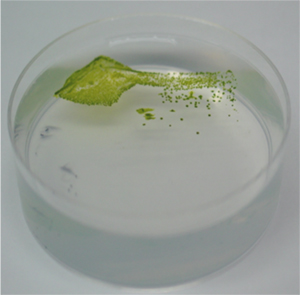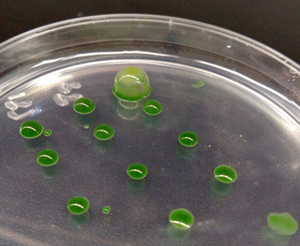
Our group explores the relationships between physiology, evolution, and ecology in aquatic photosynthetic microbes through culture-based experimentation and oceanographic field observations.

One area of research is the interaction between the marine cyanobacterium, Prochlorococcus, and other members of the microbial community. Prochlorococcus is the most abundant photosynthetic organism in the oceans and plays a major role in global carbon cycling. We have discovered that co-existing heterotrophic bacteria protect Prochlorococcus from the oxidative stresses associated with life in an oxygenated, sun-lit ocean. We are using laboratory and field experiments to continue to explore how the co-occurring microbes help or compete with Prochlorococcus.
Genome reduction led to the dependency of Prochlorococcus on other members of the microbial community for protection from oxidative stress. A developing research direction is an experimental evolution system to understand the selective value of genome reduction in free-living microbes.

A new project in collaboration with the Wilhelm group at UT focuses on the freshwater cyanobacterium, Microcystis. Some Microcystis genotypes produce the liver toxin microcystin, and can form harmful algal blooms in aquatic systems such as Lake Erie. We are using genomics, mathematical modeling, and wet lab approaches to investigate the evolutionary history of this economically-relevant microbe, and to explore how this photosynthetic microbe interacts with heterotrophic bacteria.